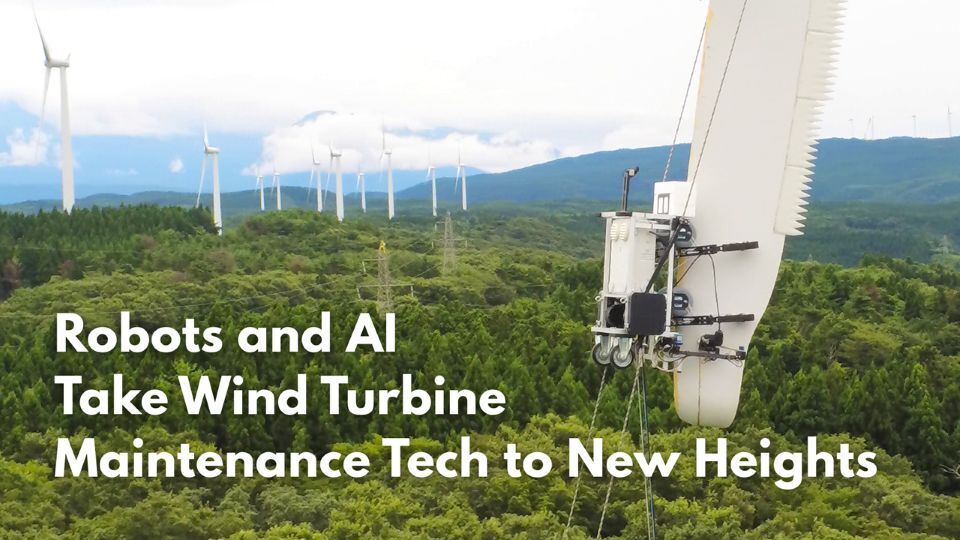Over 430 million people—more than 5% of the world’s population—have hearing disabilities. However, there are few opportunities for deaf/hard-of-hearing (DHH) people and hearing people to share and appreciate one another’s experiences. That may change now that a Japanese company has developed a groundbreaking device aimed at making it possible for DHH and hearing people to enjoy sounds together.

HONDA Tatsuya, Ontenna Project Leader at Fujitsu Limited, with the device he developed.
The principle of “leaving no one behind,” an element of the UN’s Sustainable Development Goals (SDGs), is fundamental to the promotion of diversity. To help achieve a society that reflects these values, Fujitsu Limited has developed Ontenna, an accessory-type device that enables both deaf/hard-of-hearing (DHH) people and hearing people to enjoy sounds together through physical sensations. In a world filled with sound, this is a significant experience for people to share.
Ontenna converts surrounding sounds of 60 to 90dB into 256 levels of vibration intensity and light brightness. By expressing sonic characteristics through subtle differences in vibration and light, the device allows users to physically experience the volume and rhythm of sounds. With it, DHH people can detect doorbells, alarms, ambient sounds, and more. Users can simply attach the device like an accessory to the hair, earlobes, collars or cuffs, for example. As it converts volume levels into degrees of vibration and light intensity, the user experiences sonic rhythms, patterns, and volume in real time. While Ontenna can be used standalone, the addition of a dedicated controller makes it possible to control multiple Ontennas simultaneously. This allows sound volume and rhythms to be conveyed simultaneously to multiple Ontenna users, further expanding its range of applications.


Ontenna is a very small, palm-sized device weighing about 18 grams and measuring about 6.5 centimeters in length. It is worn in places on or around the body where vibrations can be easily felt, such as the hair or a shirt collar.
Ontenna has already been introduced to some 80% of Japan’s schools for the deaf, where it is finding widespread utilization in school life, including speech and rhythm practice. Children who usually don’t try to vocalize have been moved by ‘hearing’ their voices through light and vibration, and have become more proactive about vocalizing. In music and physical education classes, where teachers used to convey rhythms to students one-on-one, Ontenna and its controller enable communication of the same rhythm to multiple students. This has allowed students to perform ensemble music and dance in sync with the shared vibrations.

Children at schools for the deaf can feel their own voices through Ontenna devices attached to their clothing or elsewhere.
HONDA Tatsuya, the Ontenna project leader at Fujitsu Limited, took the first steps in the development of Ontenna while still a university student. A chance meeting with a deaf person at a college festival gave him the incentive, Honda says. “It made me want to come up with a way for people who cannot hear and people who can to enjoy themselves together.”
Ontenna’s applications are not limited to educational settings. At a collaborative tap dance event using Ontenna with the aim of “everyone having fun together,” deaf people experienced the rhythmic and sonic variations of tap. Hearing people, meanwhile, enjoyed vibrations and light that enhanced the presence and unity shared by all participants.
Ontenna will be utilized at table tennis events at the Tokyo 2025 Deaflympics, to be held for the first time in Japan in November 2025. Conveying the sounds of rallies to the spectators in real time through vibrations and light will enable everyone at the venue to share in the thrill of the matches.

Scene from a workshop at a school for the deaf in India.
The use of Ontenna, which is not limited by language, is quickly expanding across borders. At a school for the deaf in India, where expensive hearing aids are rarely available, a workshop was held that gave young people living in a world without sound the opportunity to try out Ontenna. Honda’s enthusiasm is infectious as he relates the experience: “We had the students watch a video of cicadas buzzing. When Ontenna vibrated in sync with the cicadas, the students’ eyes shone with delight and they said things like ‘So this is what they sound like!’ They were ‘hearing’ cicadas for the first time.”
The use of Ontenna, which is not limited by language, is quickly expanding across borders. At a school for the deaf in India, where expensive hearing aids are rarely available, a workshop was held that gave young people living in a world without sound the opportunity to try out Ontenna. Honda’s enthusiasm is infectious as he relates the experience: “We had the students watch a video of cicadas buzzing. When Ontenna vibrated in sync with the cicadas, the students’ eyes shone with delight and they said things like ‘So this is what they sound like!’ They were ‘hearing’ cicadas for the first time.”

Scene from a workshop at a school for the deaf in India.
“How do we create a society where we acknowledge each other’s differences and everyone can live true to themselves? I hope Ontenna can be one catalyst for that,” says Honda. There is no wall separating DHH people and hearing people, and Ontenna can serve as a tool for teaching us this simple truth.






























